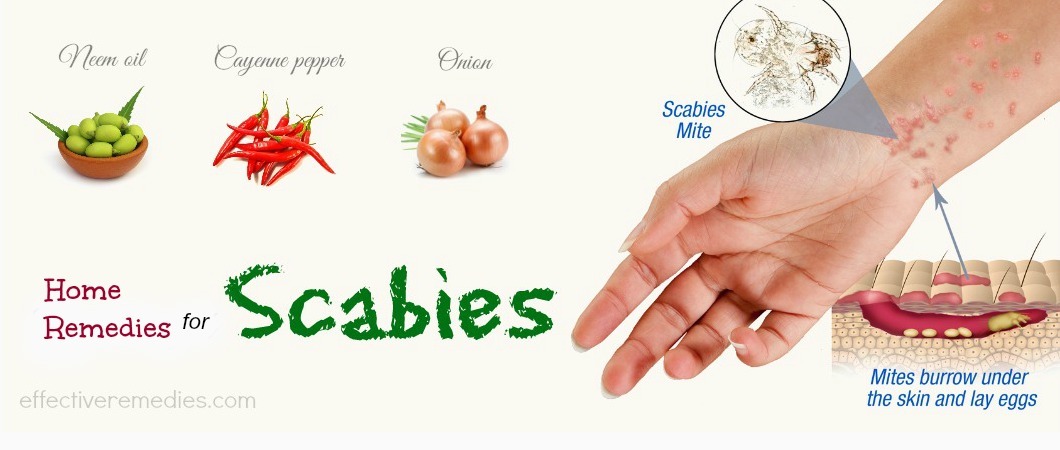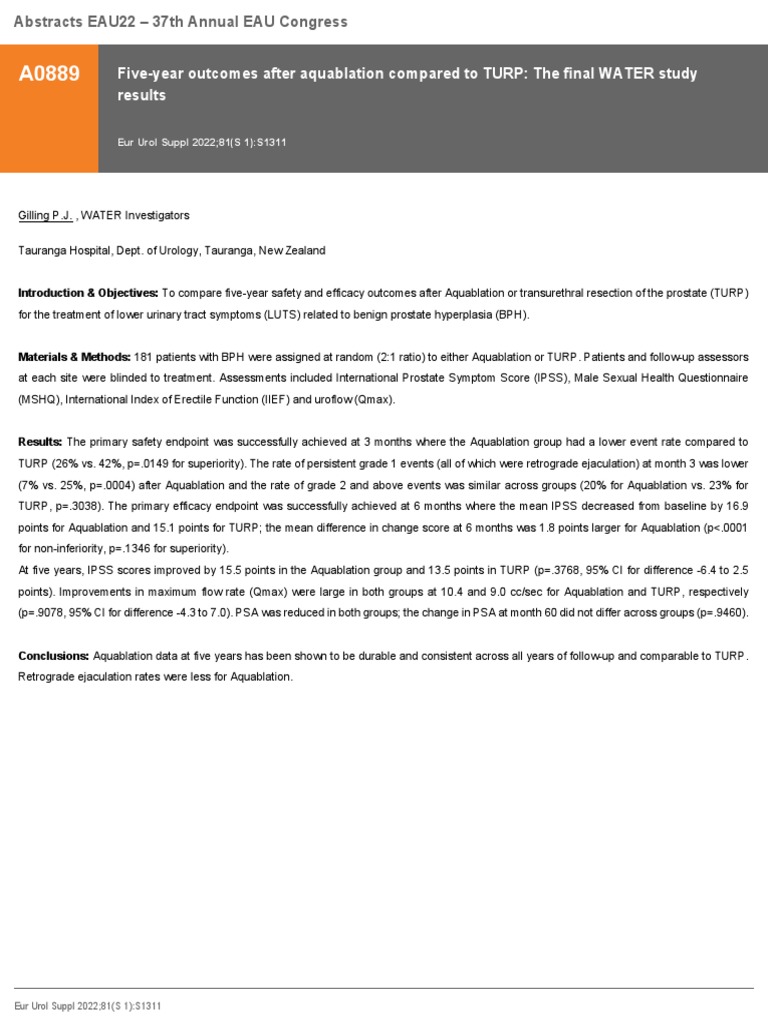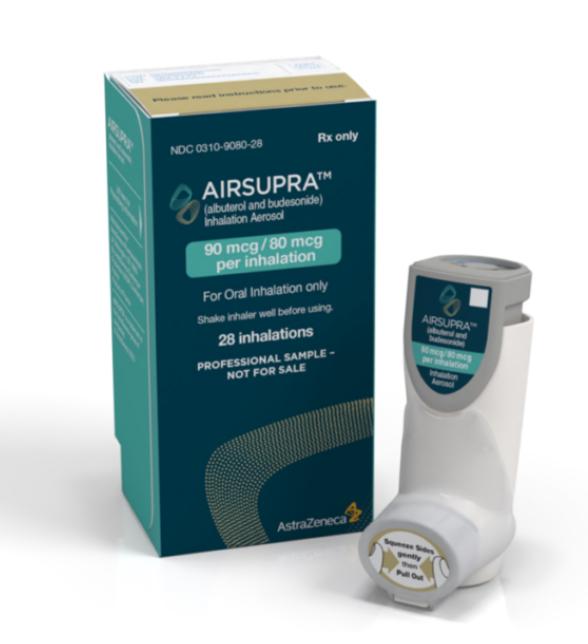10 Aching Leg Remedies For Quick Relief

Aching legs can be a real nuisance, affecting not only our physical comfort but also our mental well-being. Whether it's due to a long day of standing, a strenuous workout, or a medical condition, leg pain can be debilitating. Fortunately, there are several remedies that can provide quick relief from aching legs. In this article, we will explore 10 effective remedies to help alleviate leg pain and get you back on your feet.
Understanding Leg Pain

Before we dive into the remedies, it’s essential to understand the common causes of leg pain. Overuse, injury, and medical conditions such as arthritis, sciatica, and peripheral artery disease are common culprits. Additionally, poor circulation, muscle strain, and nerve damage can also contribute to leg pain. By identifying the underlying cause, you can better target your treatment and find relief.
Remedy 1: Cold or Warm Compresses
A cold or warm compress can be an effective way to relieve leg pain. Cold compresses can help reduce inflammation and numb the pain, while warm compresses can increase blood flow and relax muscles. Simply apply a cold or warm washcloth to the affected area for 15-20 minutes, several times a day.
Remedy 2: Stretching and Foam Rolling
Stretching and foam rolling can help alleviate leg pain by increasing flexibility and reducing muscle tension. Focus on stretching your calves, hamstrings, and quadriceps, and use a foam roller to release tension in your IT band and quadriceps.
Remedy 3: Massage Therapy
A professional massage or self-massage using a foam roller or tennis ball can help relax tight muscles and improve circulation. Target areas such as the calves, hamstrings, and quadriceps, and use long strokes to help break up adhesions and scar tissue.
Remedy 4: Elevation and Rest
Sometimes, the best remedy for aching legs is simply to rest and elevate them. Lie down and prop your legs up on a pillow or wedge to reduce swelling and promote blood flow. This can be especially helpful after a long day of standing or a strenuous workout.
Remedy 5: Topical Creams and Ointments
Topical creams and ointments such as arnica, capsaicin, and menthol can help relieve leg pain by reducing inflammation and numbing the pain. Apply the cream or ointment to the affected area and massage it in thoroughly.
Remedy 6: Exercise and Physical Activity
While it may seem counterintuitive, exercise and physical activity can actually help alleviate leg pain. Gentle exercises such as yoga, swimming, and cycling can help improve circulation, strengthen muscles, and increase flexibility.
Remedy 7: Compression Stockings
Compression stockings can help improve circulation and reduce swelling in the legs. These stockings provide graduated compression, which means they are tighter at the ankle and looser at the knee. This can help push blood upwards towards the heart and reduce pain and swelling.
Remedy 8: Dietary Changes
Dietary changes such as increasing your intake of omega-3 fatty acids, vitamin D, and potassium can help reduce inflammation and alleviate leg pain. Foods rich in these nutrients include fatty fish, leafy greens, and sweet potatoes.
Remedy 9: Acupuncture
Acupuncture involves the insertion of thin needles into specific points on the body to stimulate healing and pain relief. This ancient practice can help alleviate leg pain by increasing blood flow, reducing inflammation, and releasing endorphins.
Remedy 10: Over-the-Counter Pain Relievers
Over-the-counter pain relievers such as ibuprofen and acetaminophen can help alleviate leg pain by reducing inflammation and numbing the pain. However, it’s essential to follow the recommended dosage and consult with a healthcare professional before taking any medication.
| Remedy | Description | Benefits |
|---|---|---|
| Cold or Warm Compresses | Apply a cold or warm washcloth to the affected area | Reduces inflammation, numbs pain |
| Stretching and Foam Rolling | Stretch and foam roll the affected area | Increases flexibility, reduces muscle tension |
| Massage Therapy | Massage the affected area with a foam roller or tennis ball | Relaxes tight muscles, improves circulation |
| Elevation and Rest | Elevate and rest the affected area | Reduces swelling, promotes blood flow |
| Topical Creams and Ointments | Apply topical creams or ointments to the affected area | Reduces inflammation, numbs pain |
| Exercise and Physical Activity | Engage in gentle exercises such as yoga or swimming | Improves circulation, strengthens muscles, increases flexibility |
| Compression Stockings | Wear compression stockings to improve circulation | Improves circulation, reduces swelling |
| Dietary Changes | Increase intake of omega-3 fatty acids, vitamin D, and potassium | Reduces inflammation, alleviates leg pain |
| Acupuncture | Insert thin needles into specific points on the body | Increases blood flow, reduces inflammation, releases endorphins |
| Over-the-Counter Pain Relievers | Take over-the-counter pain relievers such as ibuprofen or acetaminophen | Reduces inflammation, numbs pain |

What are the most common causes of leg pain?
+The most common causes of leg pain include overuse, injury, and medical conditions such as arthritis, sciatica, and peripheral artery disease.
How can I prevent leg pain?
+To prevent leg pain, engage in regular exercise, stretch and foam roll regularly, and wear compression stockings if necessary. Additionally, maintain a healthy diet and avoid smoking and excessive alcohol consumption.
When should I seek medical attention for leg pain?
+Seek medical attention if your leg pain is severe, persistent, or accompanied by other symptoms such as numbness, tingling, or swelling. Additionally, if you have a underlying medical condition or are taking medication, consult with a healthcare professional before trying any new remedies.



